When it debuted in 1980, Oliver Winterbottom’s sharply styled Tasmin 280i represented TVR’s complete break from the rounded looks of its previous models, which had sustained it through the previous decade. With power from Ford’s 160bhp 2.8-litre V6, it was good but not great. The same applied to the TVR 200, which broadened the range with its 2.0-litre Pinto motor in a bid to challenge more affordable sports cars. TVR offered its new shape in coupe, convertible, and 2+2 fixed head forms. However, a fast tide of change was about to sweep in to the Blackpool firm.
That change was called Peter Wheeler, the devoted TVR customer who bought the company in 1981 and had a very clear idea of what a TVR should be. For 1983, the first Wheeler-era car arrived as the 350i, which used a Rover 3.5-litre V8 in place of the Ford 2.8 V6. With fuel injection, the V8 made 190bhp to add a useful slug of power, and the alloy Rover motor weighed less than the iron Ford unit, which improved handling considerably. The 280i persisted in the range as the entry-level car when the 200 was dropped in 1984, but by then all the attention was on the V8 cars.
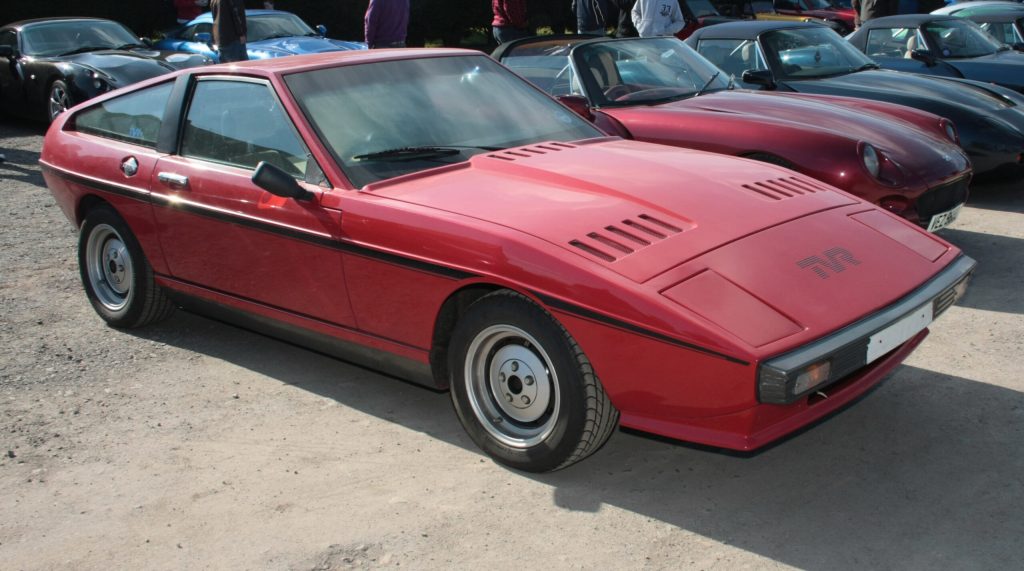
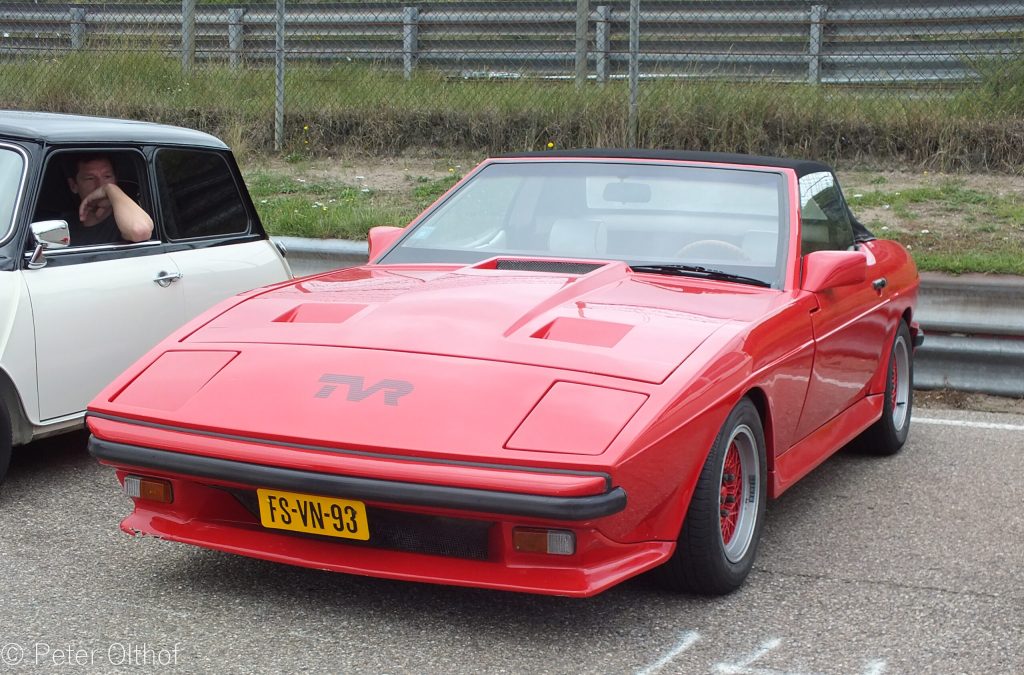
It’s easy to see why customers and the press alike wanted to focus on the 350i and its derivatives. Wheeler recognised the sound and performance of this engine fitted perfectly with the raucous, slightly rough-edged nature of his cars. This led to the larger 390 SE in 1984, with its 3905cc version of the Rover engine and a claimed 275bhp. A 420 SE offered 300bhp using the same engine as the SEAC model, for “Special Edition Aramid Composite”, which wore a carbon fibre and Kevlar body to save weight. The 420 SEAC is easily spotted by its huge rear wing, there to keep the car planted at its 165mph top speed. Then there was the 450 SEAC, with just 18 built and powered by a 325bhp 4.5-litre incarnation of the Rover engine. A final flourish arrived with the 400 and 450 SE models that came with slightly more rounded edges to their wedge bodies. More importantly, this pair made a big step forward in terms of build quality and cabin comfort.
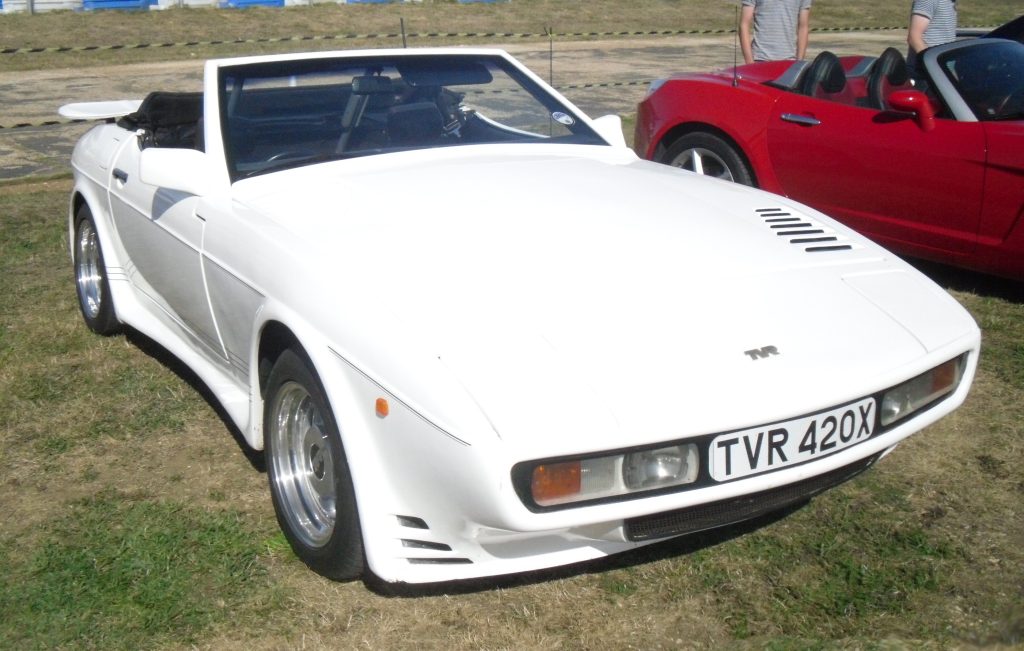
A total of 2599 ‘Wedge’ TVRs were made between 1980 and 1991, when the all-new Griffith took up the reins. The 350i was the most numerous, with 897 produced, and it formed the basis for the majority of the line-up. TVR did sell plenty of V6-powered cars too, shifting 1167 during the car’s life. We’ll concentrate on the V8-powered 350i here, though all of the buying advice applies all Wedge models, except where the engine is different. Whichever TVR of this period you choose, they represent excellent value right now.
What’s a 350i like to drive?
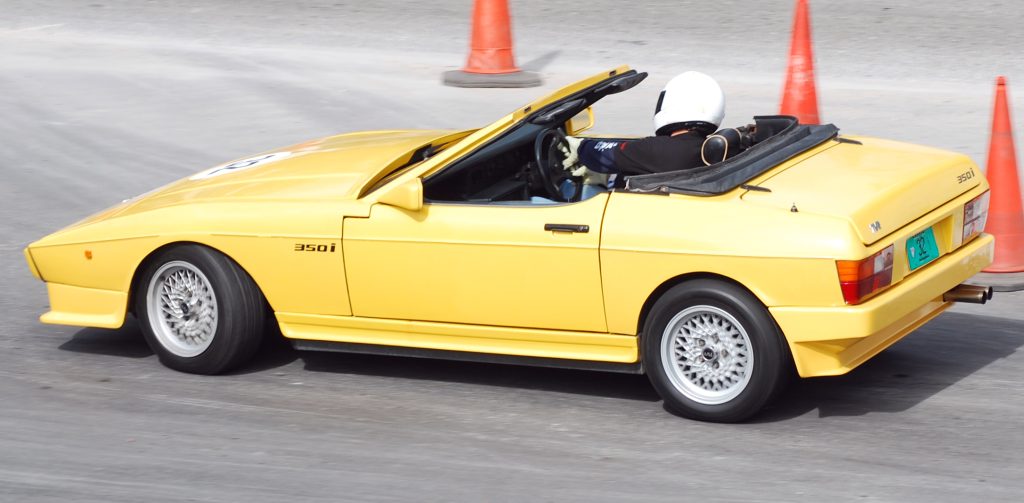
TVRs of the Peter Wheeler era carry with them a certain reputation for being a handful to drive. With the extremely potent 420 and 450 versions of this car, it’s entirely justified, as they require a good deal of restraint to meter out their power on the road without the rear tyres dissolving into a blur of wheelspin and smoke. In the 350i, however, you’ll find it’s much more friendly and usable.
With 190bhp from the Rover SD1 Vitesse-spec engine, and the same LT77 five-speed manual transmission, the 350i s the sweet spot in the line-up for its balance of acceleration, cruising, noise, and even reasonable fuel economy. Driven hard off the line, the 350i can deliver 0–60mph in 6.5 seconds and head on to 136mph, helped by its low-profile and a kerb weight that tips the scales at 1004kg. The coupe is slightly heavier but just as quick, while the convertible is by far the most common and lets you hear the V8 burble and over-run crackle more easily.

Double wishbone front suspension couples with an independent rear via trailing arms, lateral links, and coil springs. This gives a very good balance of control and comfort, which was a trademark of Wheeler TVRs developed on the less-than-perfect roads surrounding the Blackpool factory. So long as any example today has suspension in good order and fresh bushings, you can expect suppleness and plenty of grip in corners, as well as good steering feel with no kickback despite the lack of power assistance. As a result, it’s easy to get into a flow on country roads in the 350i, helped by strong disc brakes all-round. Just be careful not to lock the rear wheels under hard braking, as there’s not a huge amount of weight over the rear of the car, especially when the bias tips forward with strong retardation.
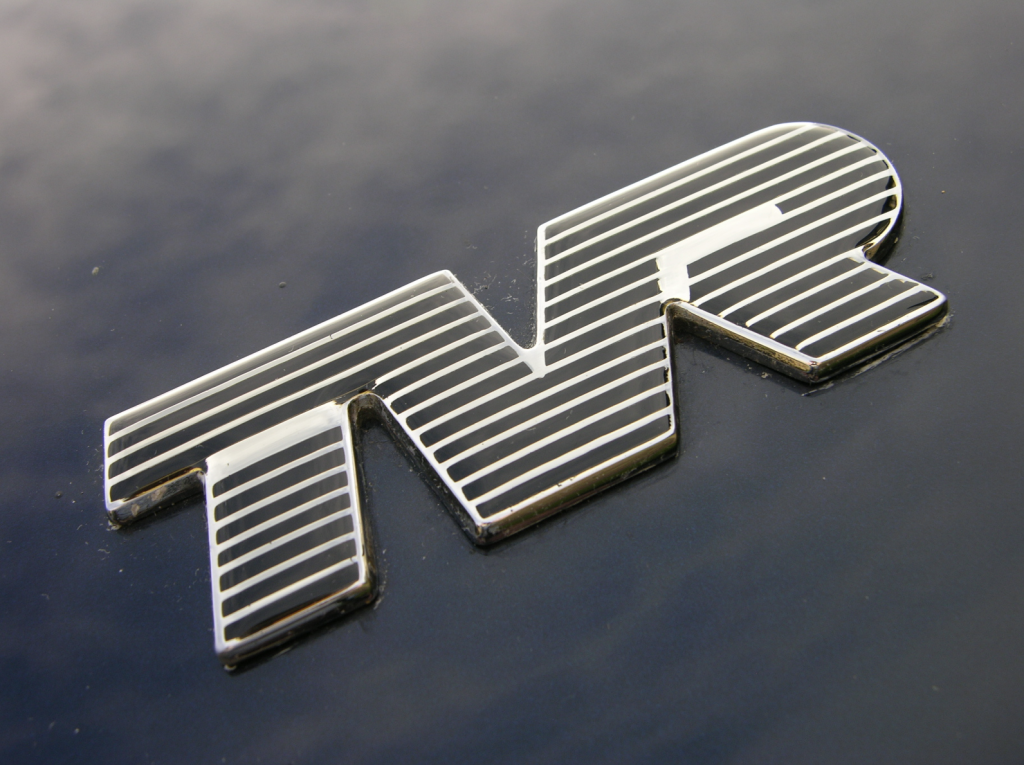
As you feed the 350i into a corner, you’re more likely to feel some gentle understeer to warn of approaching limits. This can be rotated into equally benign oversteer with a bit more throttle, as the Rover V8 has more than enough low- and mid-rev shove to overcome traction. However, best to keep these antics for a track day where the 350i can still show much newer cars a clean pair of heels.
Back on the road, the 350i also makes for a very capable long-distance machine. Both occupants sit low in the cabin so they are cocooned from most of the wind bluster at higher speeds. The seats themselves are a little thinly padded if original, but most have been reupholstered at some point, and it’s common for a little more cushioning to be inserted for greater comfort. As for the dash, there are plenty of dials, but they are logically arranged and the heater controls and wind switches are all within reach.
Raising the two-piece fabric hood is a little more involved than in a Mazda MX-5 Mk1, but it doesn’t take long to fix the rear section and attach the upper panel. It makes the TVR as weather-tight as most convertibles of the era, which is to say you can expect the odd drop of water in heavy rain conditions. More of an issue might be the raised rear deck where the hood folds in, as it restricts rear vision for the driver, while the boot of the 350i is not as generous as that of the Chimaera that followed.
How much does a 350i cost?
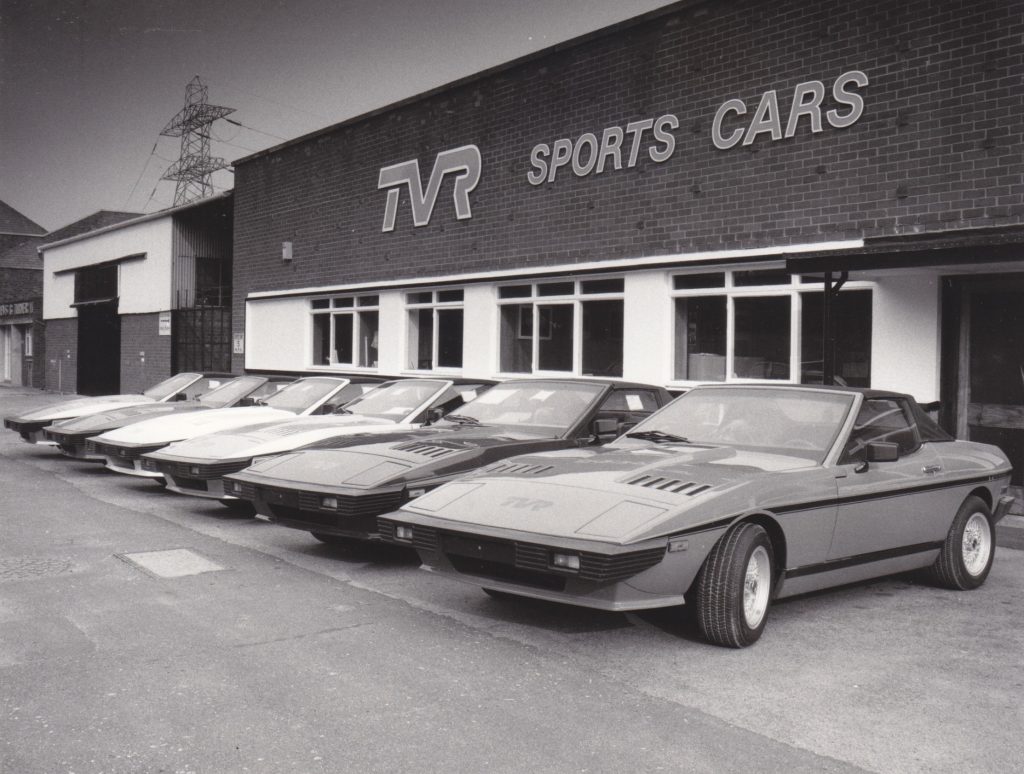
If you’re prepared to put up with a cosmetically scruffy TVR 350i, you could be driving away for as little as £3700. However, cars at this level will need work to make them good, so it’s almost certainly more fiscally prudent to spend more on a better car. This brings us to cars in decent working order that will have a few issues still to be addressed, and they cost around the £6500 mark. That’s good value when compared to a much slower MGB roadster.
Good TVR 350i models begin around the £10,000 price point, while really clean examples will head to £11,500. For the very best right now, you shouldn’t need to spend more than £15,000.
With the other models in the range, the 390’s prices are largely in line with the 350i’s. For the 400 and 420 SE versions, you’ll spend an extra £4000 for the best examples, while the 450 commands a little more on top of that. The SEAC versions with their composite bodies are a different proposition, and the best are now fetching £30,000 for show standard cars.
What goes wrong and what should you look for when buying a 350i?
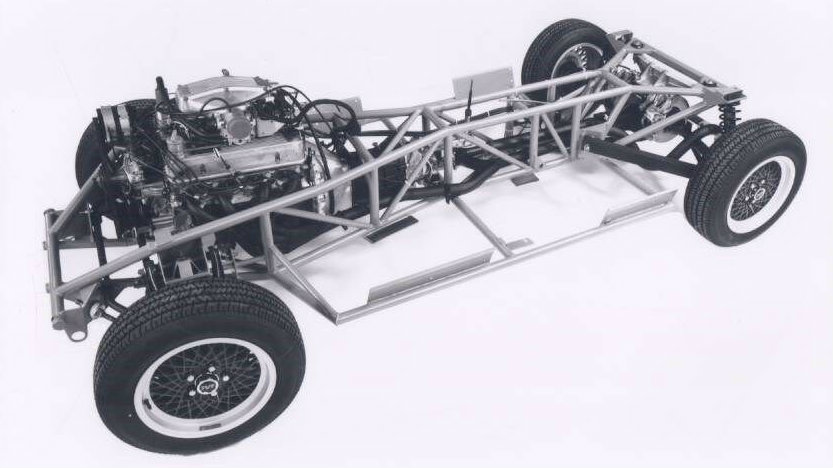
The 350i is the same as all TVRs of this era and was based on a steel-tube backbone chassis. You need to know the bones of this frame are in good condition before anything else. A lot of the chassis cannot be seen from a simple look underneath, so getting the car on a ramp or having a specialist look it over will save you a lot of worry and money in the long-term. Replacing the chassis is an option, but a specialist can often lift the body off, repair the chassis, and replace the body for much less. At the very least, make sure the original plastic coating on the chassis is intact and not cracked where water can get underneath the finish. Some owners opt for powder-coating for the chassis, which is tough but difficult to repair if chipped, while others prefer paint finishes that are simpler to touch in when they get chipped.
You also need to look at the chassis and suspension closely for signs of accident damage. This applies to the glassfibre bodywork as well, so look for wavy panels, stress cracks, and crazing. TVR was one of the best at making glassfibre bodies, so an undamaged car should be in good shape, even if the paint might have faded. Chips on the nose and front spoiler are common and can be easily fixed. While inspecting the bodywork, check the hood is in good order and the wheels, too, though refurbishing alloys is relatively cheap.
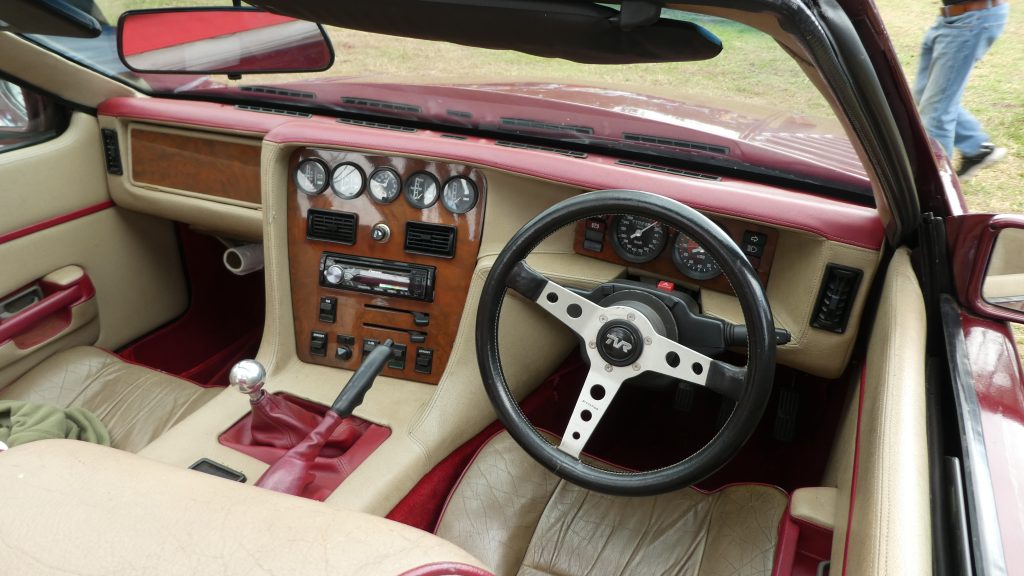
Inside the 350i, most have leather upholstery that generally wears well. Cracks and tears can be treated by a good trimmer, but water damage will mean replacing panels at a higher cost. You’re likely to find the wood veneers of the dash have lifted or chipped, so budget for these being repaired. New carpet sets are available to replace mouldy old ones. Beyond this, check all of the electrics work, especially the pop-up headlights and windows.
Now it’s time for the mechanical parts. The engine should fire quickly and idle smoothly. If not, a poor ECU engine management system could be to blame and original replacements are not available, so you’ll have to look at an aftermarket ECU from around £600. The rest of the V8 engine is typical Rover V8 fare and will last very well if the oil is changed every 3000 miles. Any noise from the top of the engine is most likely a blocked hydraulic tappet, but the camshaft, rocker shaft, and followers can all wear earlier than you might expect and lead to noises from the top end. As well as making sure the oil has been changed on time, look at the coolant to see it’s fresh and clean. More serious issues are cylinder bore wear, which spells a full rebuild, but the Rover V8 is well catered for by specialists.
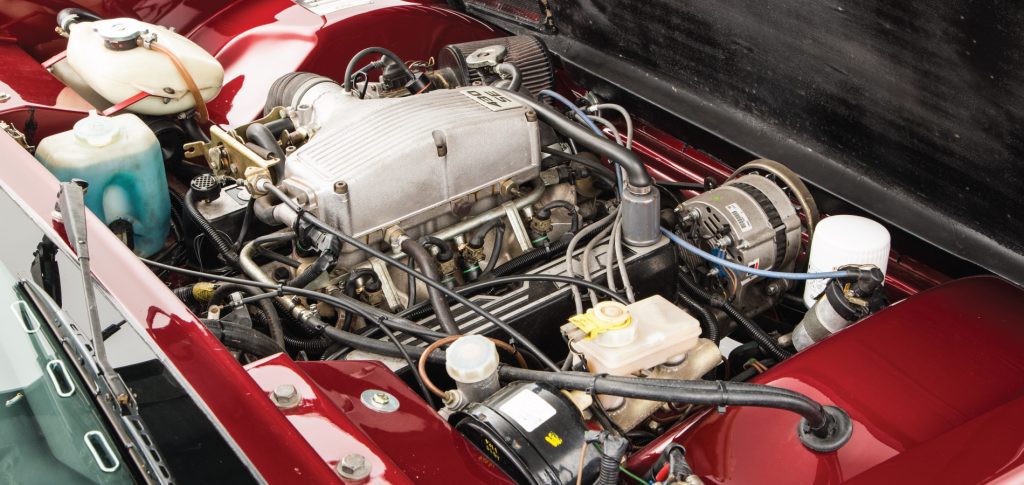
The LT77 gearbox is generally tough and lasts well, while the clutch should do the same. If the car needs a new clutch, it’s an expensive job, as the engine has to come out to do this properly. The clutch’s master cylinder is a weak spot, but a new one is about £75, so curing poor pedal feel is cheap and simple. You shouldn’t have any real problems with the brakes on a TVR 350i as they are straightforward, though the rears are inboard, so getting to them is a little trickier. While checking the brakes, have a look at the suspension arms, which can corrode badly, and make sure there’s no play in the wheel hubs, a situation that points to loose hub nuts that can damage the entire casting.
Which is the right 350i for you?
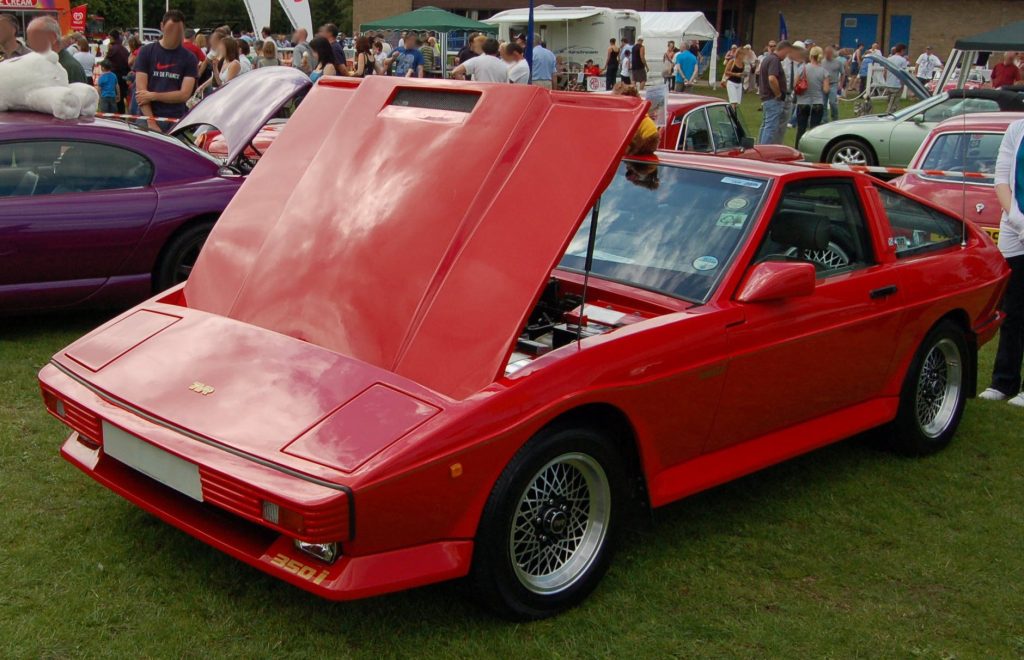
The 350i is the ideal entry point to classic TVR ownership. It’s modern enough to have disc brakes all-around, a fuel-injected engine for easy starting, and more than enough performance to see off most traffic and be entertaining. It also sounds fabulous and has a comfortable cabin. Spares are plentiful and servicing back-up is strong. It also helps that prices have remained stable and affordable, so you can enjoy this V8-powered wedge sports car for the price of a decent MGB roadster.
For those who want more pace and attitude, the larger engines offered in the 390, 400, 420, and 450 versions range from rapid to near supercar velocity. However, they are rarer than the 350i and, in most driving conditions, don’t offer a great deal more until you’re on a track or deserted stretch of sweeping A-road. Even then, you won’t be far behind in well driven 350i, and you’ll be having just as much fun.

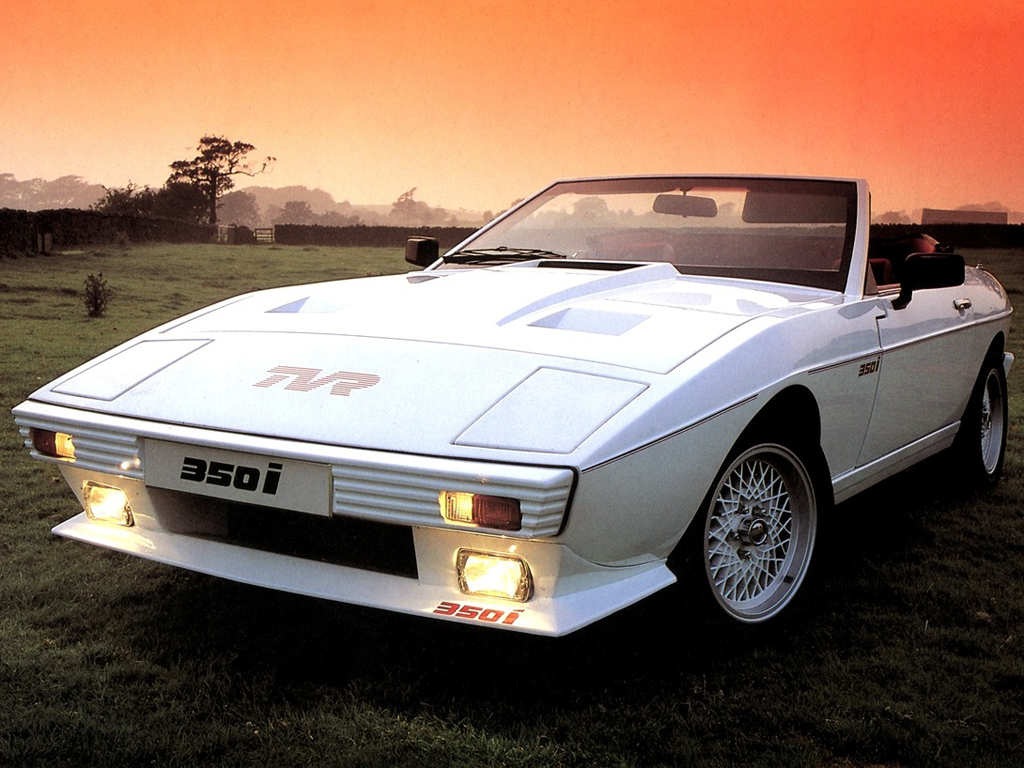
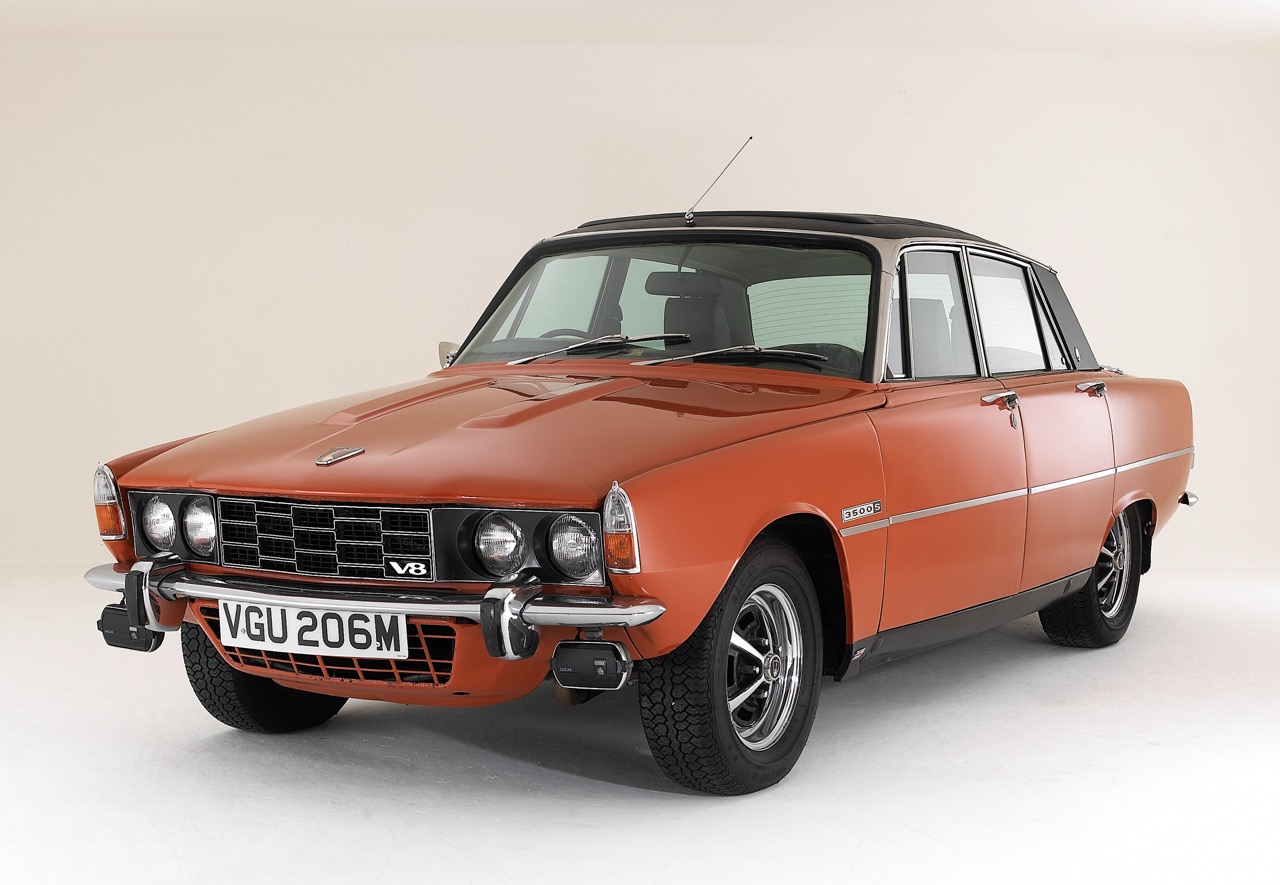
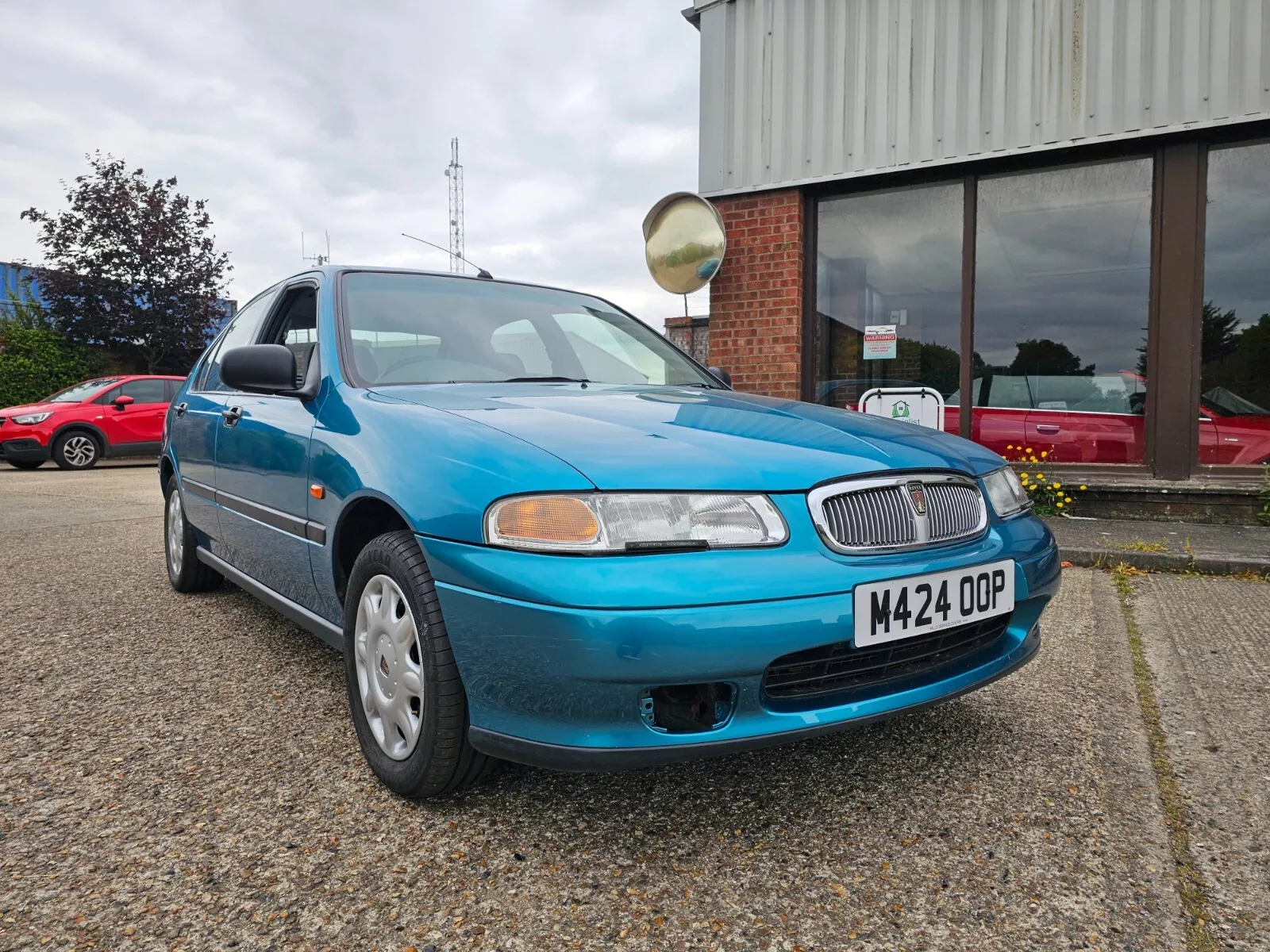






You missed the 430SE. These were the 3 last “wedges” made by TVR and were fitted with the 4.3 engine about to be fitted to the Griffith. At one time I owned the very last of the 3 and had a letter from TVR confirming the fact that it was the last one produced. Interestingly, it had heated seats!
Thanks for the added bit of info, David. Heated seats? How fancy!